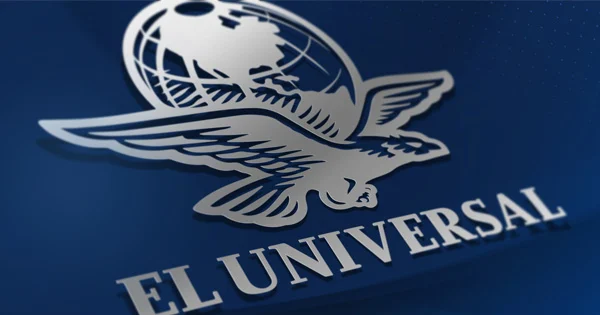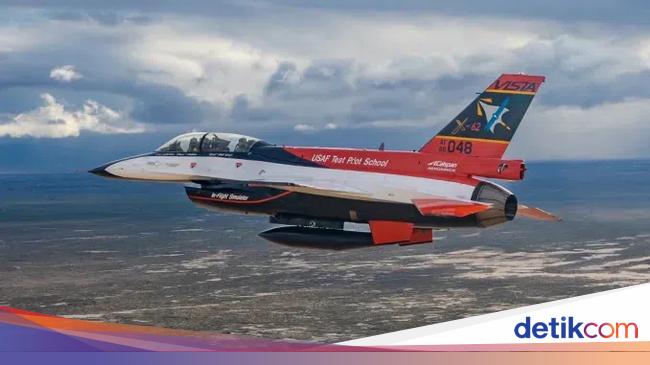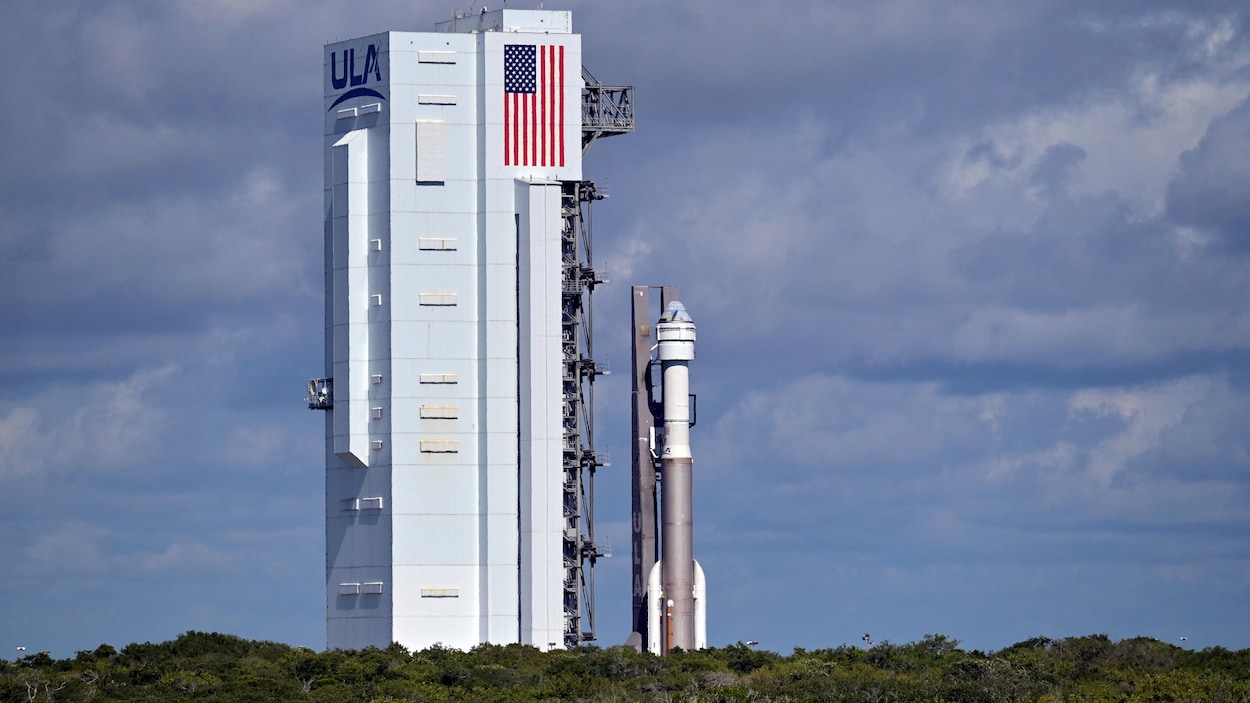#Odysseus #plane #finally #glides #moon #watch #video
ANTARIKSA — Odysseus, the lunar lander belonging to the United States company Intuitive Machines finally took off on a Falcon 9 SpaceX rocket from NASA’s Kennedy Space Center (KSC) in Florida this afternoon, Thursday, February 15 2024. The launch was scheduled to take place on Wednesday, 14 February, was delayed due to unexplained problems.
If everything goes according to plan, Odysseus will land near the moon’s south pole on February 22. It will be the first private spacecraft to successfully land on the moon. It replaces Astrobotic’s Peregrine mission which failed dramatically last month.
Odysseus is also predicted to end the fast for the United States, which has not visited the lunar surface since NASA’s Apollo 17 mission more than half a century ago. “The opportunity to return the United States to the moon for the first time since 1972 demands a hunger for exploration, and that is at the heart of everyone at Intuitive Machines,” the company’s Vice President of Space Systems, Trent Martin, said at a press conference.
Also read: Today, the plane carrying human remains will fall to Earth in a burning condition
Falcon 9 took off from Pad 39A KSC at 01.05 EST or 13.95 WIB.
About 7.5 minutes later, the rocket’s first stage returned to Earth for a vertical landing at Cape Canaveral Space Force Station, which is adjacent to the NASA site.
Meanwhile, the Falcon 9’s upper stage continued to accelerate into space, finally deploying Odysseus into lunar transfer orbit about 48.5 minutes after launch. The 675-kilogram lander made first contact with mission control a few minutes later.
Odysseus will soon begin heading for lunar orbit, a journey that will take six days. Odysseus will then prepare for his historic landing attempt, which will take place at Malapert A, a small crater about 300 kilometers from the moon’s south pole.
NASA will witness the landing attempt because Odysseus carries many of the agency’s scientific instruments. The Odysseus mission known as IM-1 was the second flight under NASA’s Commercial Lunar Payloads Services (CLPS) program. In that program, NASA hired many US spaceflight companies to support the development of the country’s future commercial missions.
Also Read: Plane Carrying Human Remains to the Moon Crashes in Space, Navajo Nation Smiles
However, the program’s first mission, Peregrine, ended fatally last month. The plane carrying human remains was unable to reach the moon and eventually fell back to Earth. Source: Space.com








